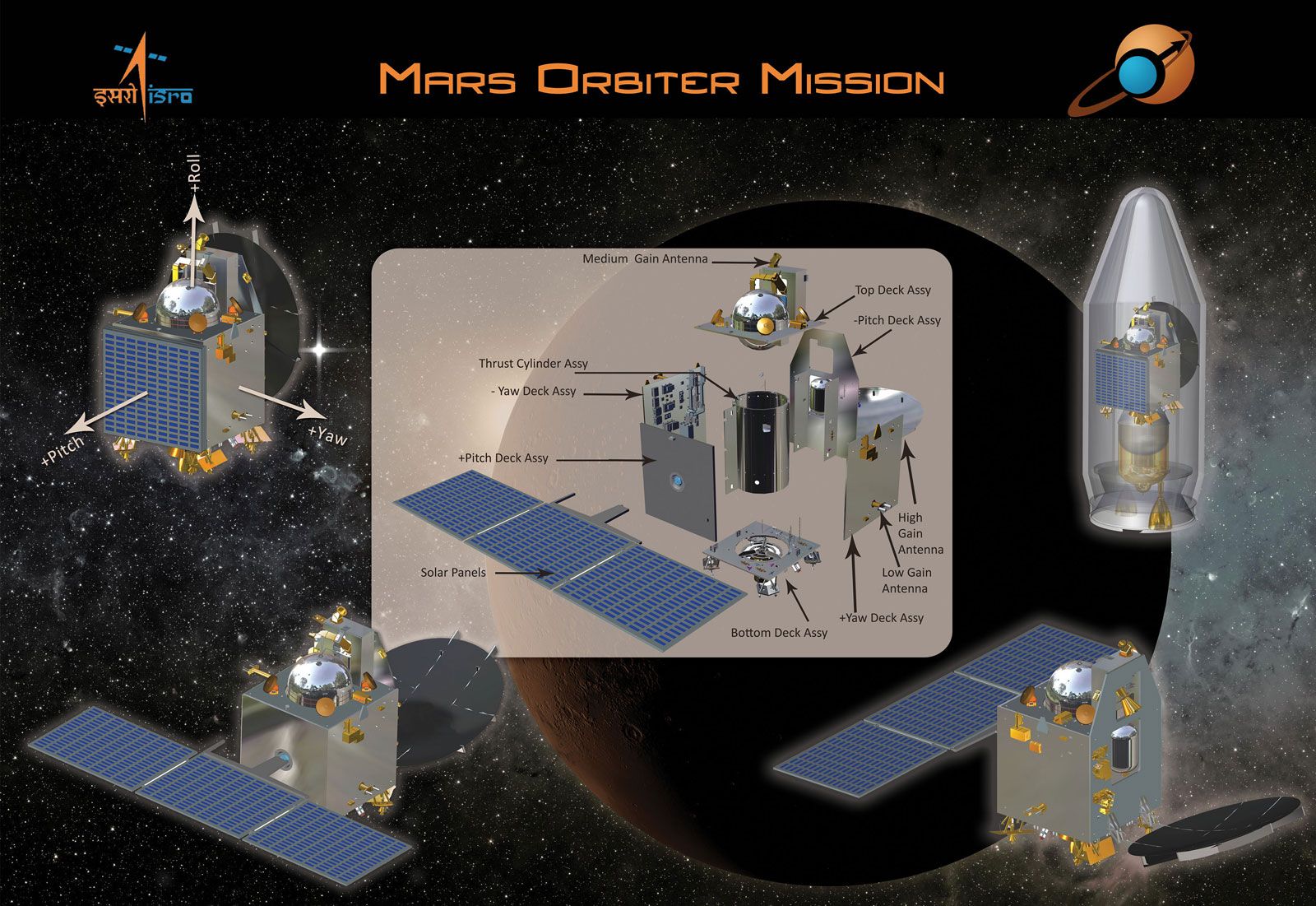

the moons of Mars — Phobos and Deimos — were not actually “created,” but rather “captured.”
We can delve deeper by contrasting the creation of Earth’s solitary satellite with Mars’ twin moons: One prominent hypothesis suggests that approximately 4.5 billion years ago, a colossal protoplanet (imagine this as a fully developing planet), known as Theia, collided with a primordial version of Earth. The collision presumably ejected various types of planetary debris into orbit, and after a period during which time and gravity exerted their influence, some of this cosmic rubble coalesced to create the moon.
The Martian moons differ significantly from Earth’s, even in appearance: Both Phobos and Deimos are considerably smaller than Earth’s solitary moon, are pockmarked with craters, and possess a dark, icy, carbon-enriched makeup — some of the signature traits of an asteroid. This has prompted some researchers to suggest that Mars’ gravitational force captured asteroids from an adjacent belt, and the two that persisted in orbit became recognized as Mars’ two moons.